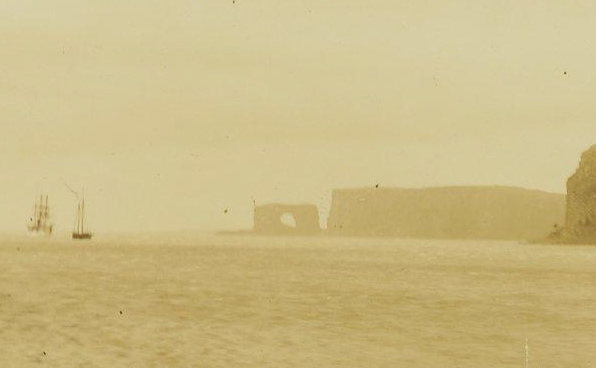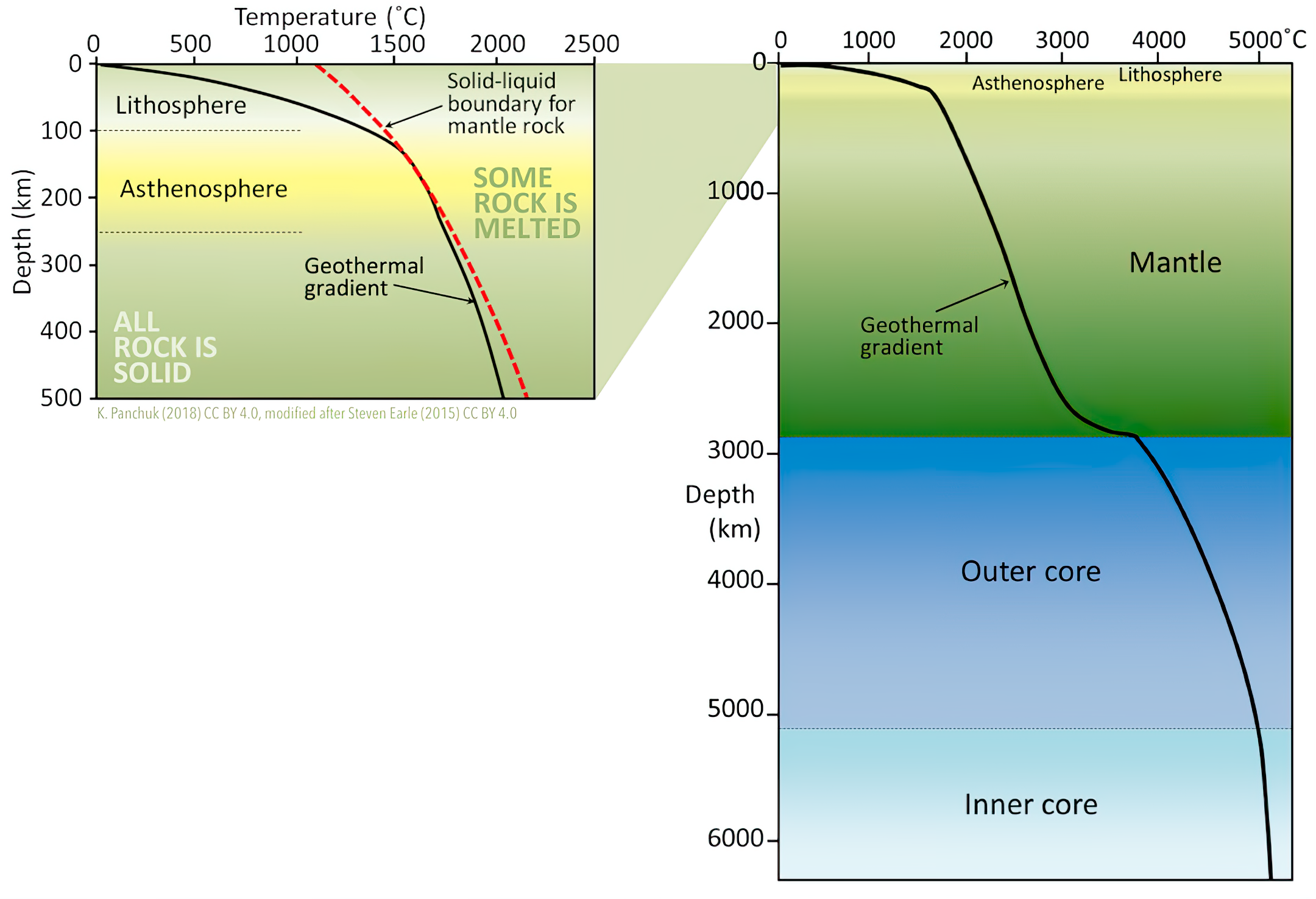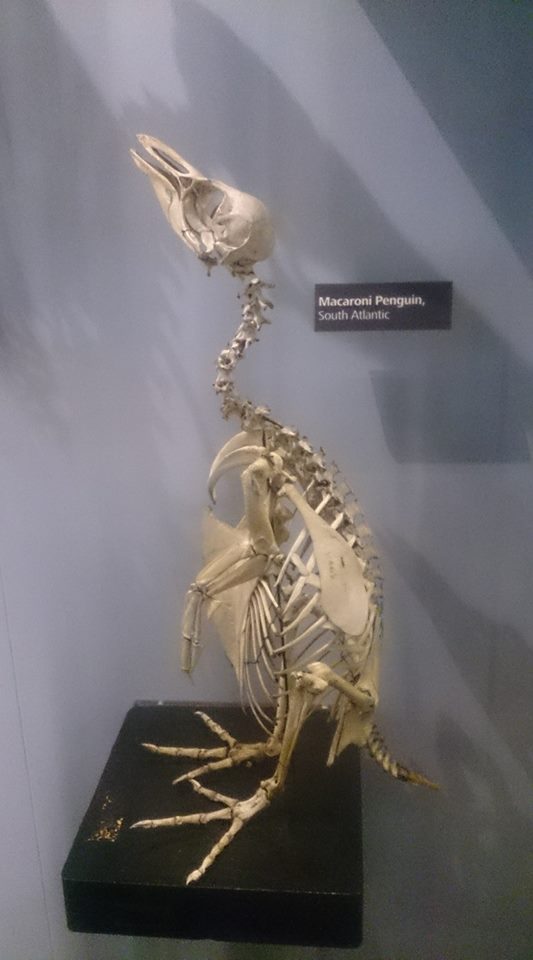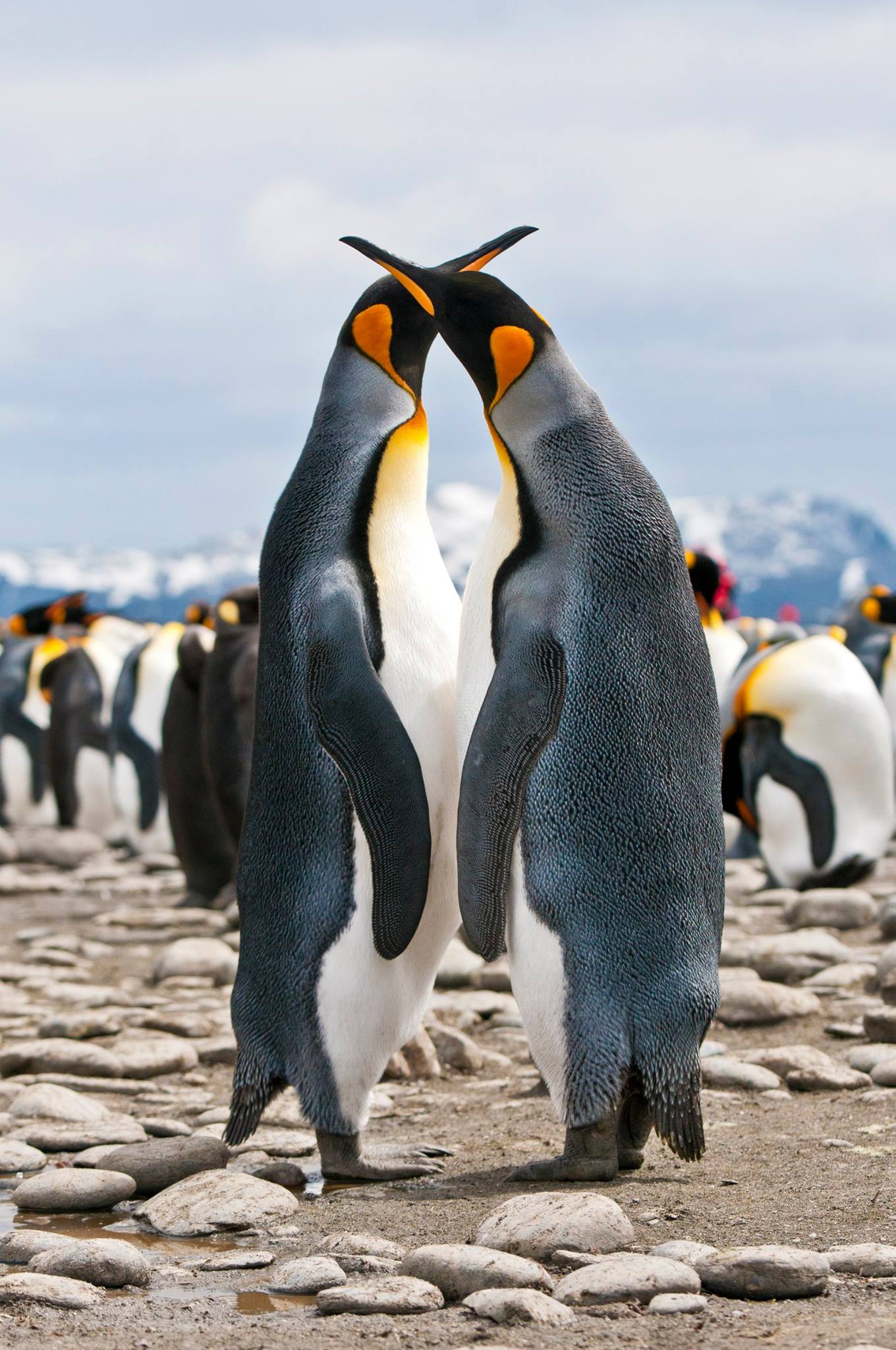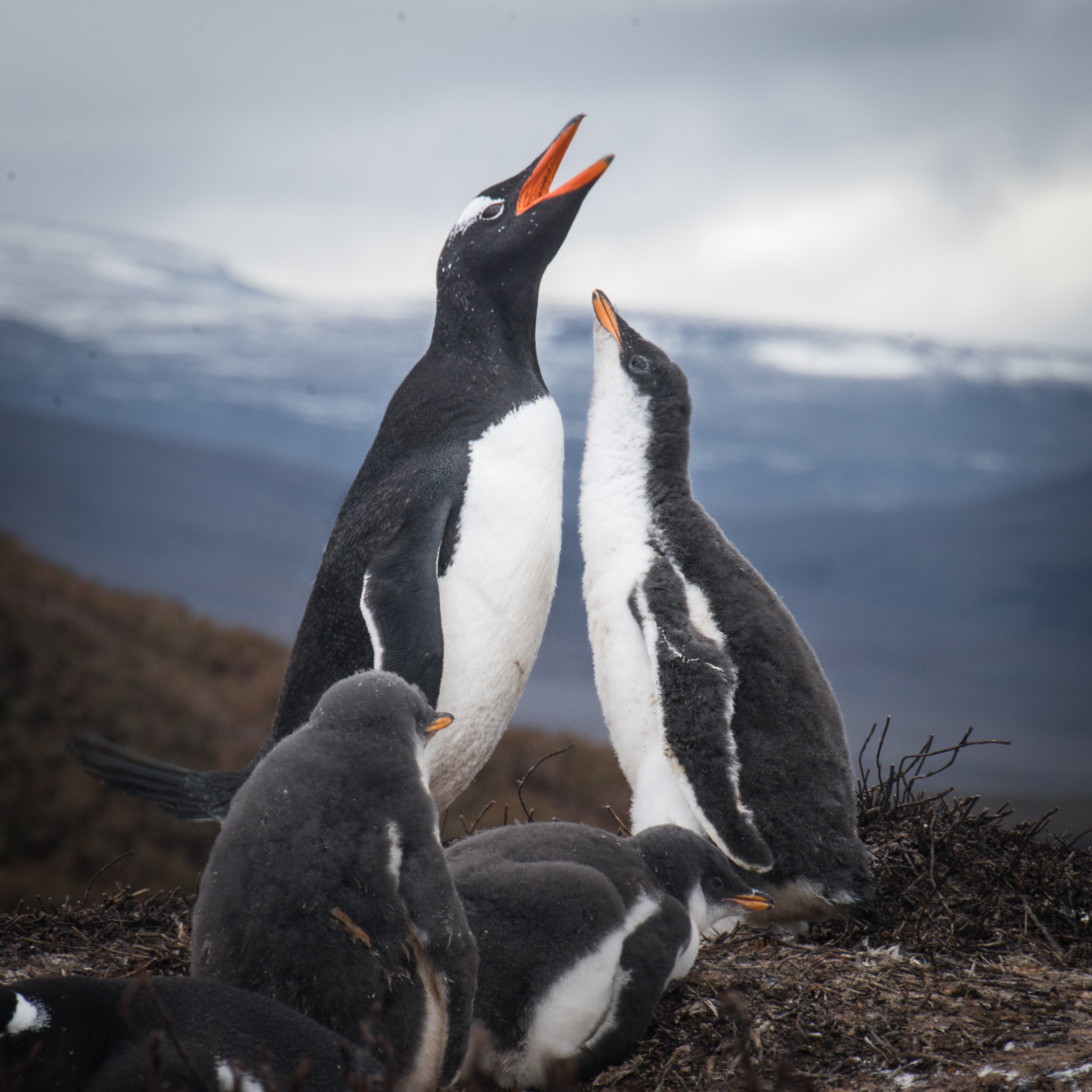|
Presqu'ile Rallier Du Baty
The Rallier du Baty Peninsula ( or ''Presqu'ile Rallier du Baty'') is a peninsula of Grande Terre, the main island of the subantarctic Kerguelen archipelago in the southern Indian Ocean. It occupies the south-western corner of the island, and is about 35 km long, extending from north to south, and 25 km across at its widest. The 1,202 m high Bicorne rises in the southern coast of the peninsula. It is named for Raymond Rallier du Baty, a French sailor who charted the archipelago in the early 20th century. The Îles Boynes, France's southernmost land apart from Adélie Land in Antarctica, lie 30 km south of the tip of the peninsula. Important Bird Area The western half of the peninsula has been identified by BirdLife International as a 270 km2 Important Bird Area (IBA) because of its value as a breeding site for seabirds, with at least 31 species nesting there. The site is bordered on the north by the Cook Glacier and, to the south and east, by the Arête ... [...More Info...] [...Related Items...] OR: [Wikipedia] [Google] [Baidu] |
Kerguelen Topographic Map-fr
The Kerguelen Islands ( or ; in French commonly ' but officially ', ), also known as the Desolation Islands (' in French), are a group of islands in the subantarctic, sub-Antarctic region. They are among the Extremes on Earth#Remoteness, most isolated places on Earth, with the closest territory being the Heard Island and McDonald Islands territory of Australia located at roughly , and the nearest inhabited territory being Madagascar at more than in distance. The islands, along with Adélie Land, the Crozet Islands, Île Amsterdam, Amsterdam and Île Saint-Paul, Saint Paul islands, and France's Scattered Islands in the Indian Ocean, are part of the French Southern and Antarctic Lands and are administered as a separate district. The islands constitute one of the two exposed parts of the Kerguelen Plateau (the other being Heard Island and the McDonald islands), a large igneous province mostly submerged in the southern Indian Ocean. The main island, Grande Terre, is in area, about ... [...More Info...] [...Related Items...] OR: [Wikipedia] [Google] [Baidu] |
Geothermal Gradient
Geothermal gradient is the rate of change in temperature with respect to increasing depth in Earth's interior. As a general rule, the crust temperature rises with depth due to the heat flow from the much hotter mantle; away from tectonic plate boundaries, temperature rises in about 25–30 °C/km (72–87 °F/mi) of depth near the surface in the continental crust. However, in some cases the temperature may drop with increasing depth, especially near the surface, a phenomenon known as or geothermal gradient. The effects of weather, the Sun, and season only reach a depth of roughly . Strictly speaking, ''geo''-thermal necessarily refers to Earth, but the concept may be applied to other planets. In SI units, the geothermal gradient is expressed as °C/km, K/km, or mK/m. These are all equivalent. Earth's internal heat comes from a combination of residual heat from planetary accretion, heat produced through radioactive decay, latent heat from core crystallization, a ... [...More Info...] [...Related Items...] OR: [Wikipedia] [Google] [Baidu] |
South Georgia Diving Petrel
The South Georgia diving petrel or Georgian diving-petrel (''Pelecanoides georgicus'') is one of five very similar small auk-like diving petrels of the southern oceans. It is native to the South Atlantic and islands of the southern Indian Ocean and south-eastern Australia. Taxonomy and nomenclature The American ornithologist Robert Cushman Murphy and the zoologist Francis Harper described the South Georgia diving petrel in 1916. Its specific name, ''georgicus,'' is derived from the South Georgia islands where they identified the species. Other common names include ''puffinure de Géorgie du Sud'' (French), ''Breitschnabel Lummensturmvogel'' (German), and ''potoyunco de Georgia'' (Spanish). A unique New Zealand population is now considered a separate species, the Whenua Hou diving petrel. Description The South Georgia diving petrel is a small, plump petrel, in length and weighing around . Its plumage is black above and dull white below, and it has a stubby black bill with pale ... [...More Info...] [...Related Items...] OR: [Wikipedia] [Google] [Baidu] |
Antarctic Prion
The Antarctic prion (''Pachyptila desolata'') also known as the dove prion, or totorore in Māori, is the largest of the prions, a genus of small petrels of the Southern Ocean. Taxonomy The Antarctic prion was formally described in 1789 by the German naturalist Johann Friedrich Gmelin in his revised and expanded edition of Carl Linnaeus's ''Systema Naturae''. He placed it with the other petrels in the genus ''Procellaria'' and coined the binomial name ''Procellaria desolata''. Gmelin based his description on the "brown-banded petrel" that had been described in 1785 by the English ornithologist John Latham from a specimen supplied by the naturalist Joseph Banks that had been collected on the "Isle of Desolation", now the Kerguelen Islands. The Antarctic prion is now one of seven prions placed in the genus ''Pachyptila'' that was introduced in 1811 by the German zoologist Johann Karl Wilhelm Illiger. The genus name combines the Ancient Greek ''pakhus '' meaning "dense" or "thic ... [...More Info...] [...Related Items...] OR: [Wikipedia] [Google] [Baidu] |
Slender-billed Prion
The slender-billed prion (''Pachyptila belcheri'') or thin-billed prion, is a species of petrel, a seabird in the family Procellariidae. It is found in the southern oceans. Taxonomy The slender-billed prion was species description, formally described in 1912 by the Australian born ornithologist Gregory Mathews under the binomial name ''Heteroprion belcheri''. The prion is now placed with the other prions in the genus ''Pachyptila'' that was introduced in 1811 by the German zoologist Johann Karl Wilhelm Illiger. The genus name combines the Ancient Greek ''pakhus '' meaning "dense" or "thick" with ''ptilon'' meaning "feather" or "plumage". The specific epithet ''belcheri'' was chosen in recognition of the Australian judge and amateur ornithologist Charles Frederic Belcher, Charles Belcher who had found the first specimens dead on a beach near the town of Geelong in the Australian state of Victoria (Australia), Victoria. The species is considered to be monotypic: no subspecies a ... [...More Info...] [...Related Items...] OR: [Wikipedia] [Google] [Baidu] |
White-headed Petrel
The white-headed petrel (''Pterodroma lessonii''), also known as the white-headed fulmar, is a species of seabird in the petrel family, Procellariidae. It is about in length. White-headed petrels breed alone or in colonies in burrows dug among tussocks and herbfields on the subantarctic Antipodes and Auckland Islands. Diet They appear to feed pelagically on cephalopods and crustacean Crustaceans (from Latin meaning: "those with shells" or "crusted ones") are invertebrate animals that constitute one group of arthropods that are traditionally a part of the subphylum Crustacea (), a large, diverse group of mainly aquatic arthrop ...s. Description The white-headed petrel distinct with a pale white head and prominent dark eye patch. It has long narrow wings and long pointed tail. The upper surface is pale grey which is contrasting with darker grey on the upper wings and the rump. The underside is mostly white. The bill is stout black with a large sharp hook. Green glands are pr ... [...More Info...] [...Related Items...] OR: [Wikipedia] [Google] [Baidu] |
Southern Giant Petrel
The southern giant petrel (''Macronectes giganteus''), also known as the Antarctic giant petrel, giant fulmar, stinker, and stinkpot, is a large seabird of the southern oceans. Its distribution overlaps broadly with the similar northern giant petrel, though it overall is centered slightly further south. Adults of the two species can be distinguished by the colour of their bill-tip: greenish in the southern and reddish in the northern. Taxonomy The southern giant petrel was formally described in 1789 by the German naturalist Johann Friedrich Gmelin. He placed it with all the other petrels in the genus ''Procellaria'' and coined the binomial name ''Procellaria gigantea''. Gmelin cited the "giant petrel" that had been described and illustrated in 1785 by the English ornithologist John Latham in his ''A General Synopsis of Birds''. The southern giant petrel is now placed with the northern giant petrel in the genus '' Macronectes'' that was introduced in 1905 by the American orni ... [...More Info...] [...Related Items...] OR: [Wikipedia] [Google] [Baidu] |
Wandering Albatross
The snowy albatross (''Diomedea exulans''), also known as the wandering albatross, white-winged albatross, or goonie, is a large seabird from the family Diomedeidae Albatrosses, of the biological family (biology), family Diomedeidae, are large seabirds related to the procellariidae, procellariids, storm petrels, and diving petrels in the order Procellariiformes (the tubenoses). They range widely in the So ...; they have a circumpolar range in the Southern Ocean. It is the largest species of albatross and was long considered to be the same species as the Tristan albatross and the Antipodean albatross. Together with the Amsterdam albatross, it forms the wandering albatross Cryptic species complex, species complex, which some began referring to more recently as "snowy". The snowy albatross is one of the two largest members of the genus ''Diomedea'' (the great albatrosses), being similar in size to the southern royal albatross. It has the greatest known wingspan of any living bi ... [...More Info...] [...Related Items...] OR: [Wikipedia] [Google] [Baidu] |
Macaroni Penguin
The macaroni penguin (''Eudyptes chrysolophus'') is a species of penguin found from the Subantarctic to the Antarctic Peninsula. One of six species of crested penguin, it is very closely related to the royal penguin, and some authorities consider the two to be a single species. It bears a distinctive yellow crest on its forehead. Its face and upperparts are black and sharply delineated from the white underparts. Adults weigh on average and are in length. The male and female are similar in appearance; the male is slightly larger and stronger with a larger beak, bill. Like all penguins, it is flightless, with a streamlined body and wings stiffened and flattened into flippers for a marine lifestyle. Its diet consists of a variety of crustaceans, mainly krill, as well as small fish and cephalopods; the species consumes more marine life annually than any other species of seabird. These birds moult once a year, spending about three to four weeks ashore, before returning to the sea. ... [...More Info...] [...Related Items...] OR: [Wikipedia] [Google] [Baidu] |
King Penguin
The king penguin (''Aptenodytes patagonicus'') is the second largest species of penguin, smaller than but somewhat similar in appearance to the emperor penguin. King penguins mainly eat lanternfish, squid, and krill. On foraging trips, king penguins repeatedly dive to over , and have been recorded at depths greater than . Predators of the king penguin include giant petrels, skuas, the snowy sheathbill, the leopard seal, and the orca. The king penguin breeds on the subantarctic islands at the northern reaches of Antarctica, South Georgia Island, South Georgia, southern Argentina, and other temperate islands of the region. It also lives on Macquarie Island in the Southern Ocean and the Falkland Islands. This bird was exploited commercially in the past for its blubber, oil, meat, and feathers. Today it is fully protected. Taxonomy In 1778, the English illustrator John Frederick Miller included a hand-coloured engraving of the king penguin in his ''Icones animalium et plantarum''. ... [...More Info...] [...Related Items...] OR: [Wikipedia] [Google] [Baidu] |
Gentoo Penguin
The gentoo penguin ( ) (''Pygoscelis papua'') is a penguin species (or possibly a species complex) in the genus ''Pygoscelis'', most closely related to the Adélie penguin (''P. adeliae'') and the chinstrap penguin (''P. antarcticus''). The earliest scientific description was made in 1781 by Johann Reinhold Forster with a type locality in the Falkland Islands. The species calls in a variety of ways, but the most frequently heard is a loud trumpeting, which the bird emits with its head thrown back. Names The application of "gentoo" to the penguin is unclear. '' Gentoo'' was an Anglo-Indian term to distinguish Hindus from Muslims. The English term may have originated from the Portuguese ''gentio'' ("pagan, gentile"). Some speculate that the white patch on the bird's head was thought to resemble a turban. It may also be a variation of another name for this bird, "Johnny penguin", with Johnny being the Spanish counterpart of and sounding vaguely like gentoo. The Johnny rook, a pr ... [...More Info...] [...Related Items...] OR: [Wikipedia] [Google] [Baidu] |
Eastern Rockhopper Penguin
The eastern rockhopper penguin (''Eudyptes filholi''), also known as the tawaki piki toka, is a crested penguin with yellow crest feathers. It was formerly treated as conspecific with the western rockhopper penguin with the name "southern rockhopper penguin" for the combined species. It is one of the smallest crested penguins and has distinctive pink margins around its bill. It breeds on islands in the Southern Indian and Pacific Oceans. Taxonomy The eastern rockhopper penguin was formally described in 1879 by the English-born New Zealand scientist Frederick Wollaston Hutton based on a specimen that had been collected on Campbell Island which lies south of New Zealand's South Island. Hutton coined the current binomial name ''Eudyptes filholi'' where the specific epithet was chosen to honour the French medical doctor and palaeontologist, Henri Filhol. The species was formerly treated as conspecific with the western rockhopper penguin with the English name "southern rock ... [...More Info...] [...Related Items...] OR: [Wikipedia] [Google] [Baidu] |
